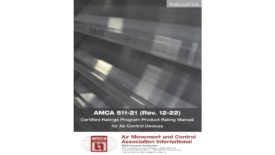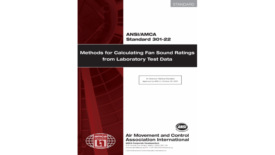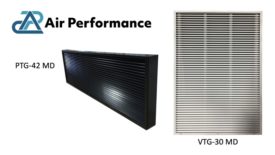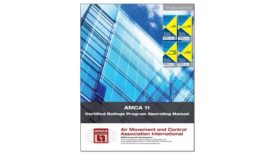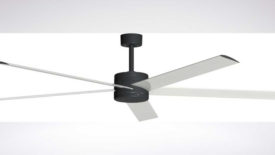Home » Keywords: » AMCA
Items Tagged with 'AMCA'
ARTICLES
The BTD830 is bubble tight according to the AMCA 500-D standard with a maximum velocity of 4,000 FPM
Read More
Get our new eMagazine delivered to your inbox every month.
Stay in the know on the latest HVACR engineering trends.
SUBSCRIBE TODAY!Copyright ©2024. All Rights Reserved BNP Media.
Design, CMS, Hosting & Web Development :: ePublishing



